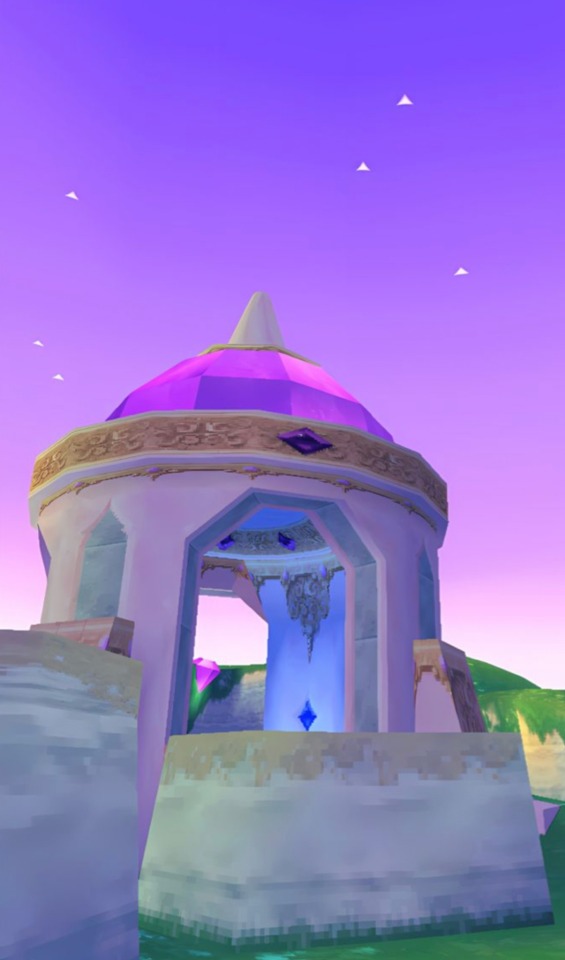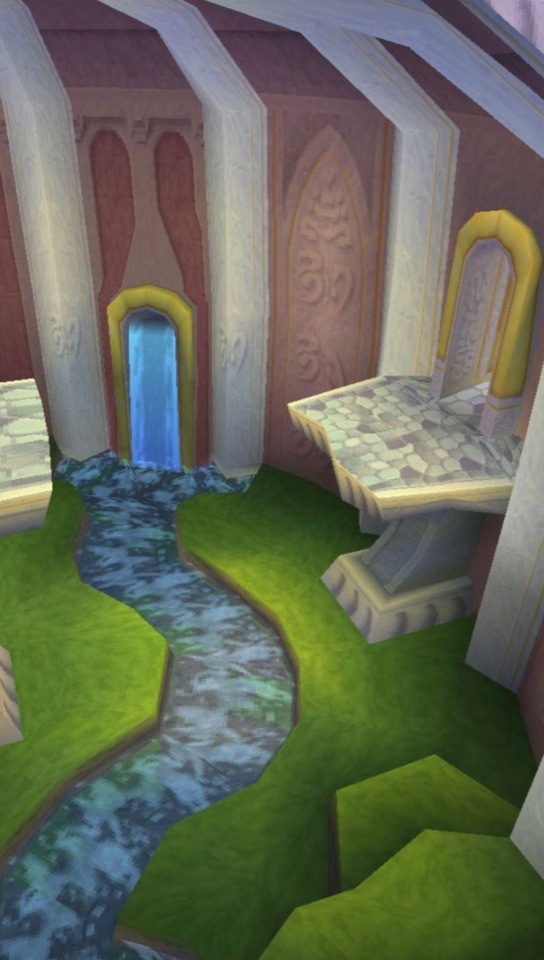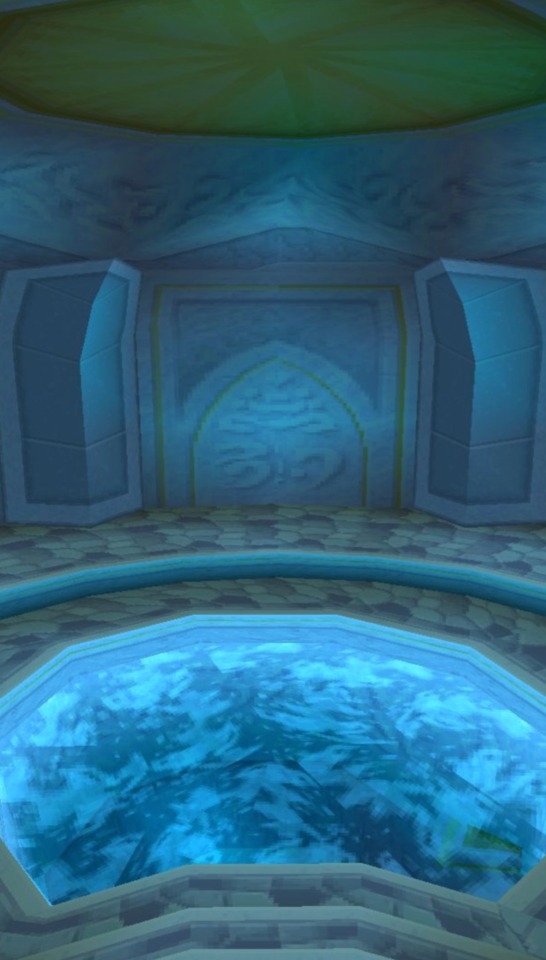Text
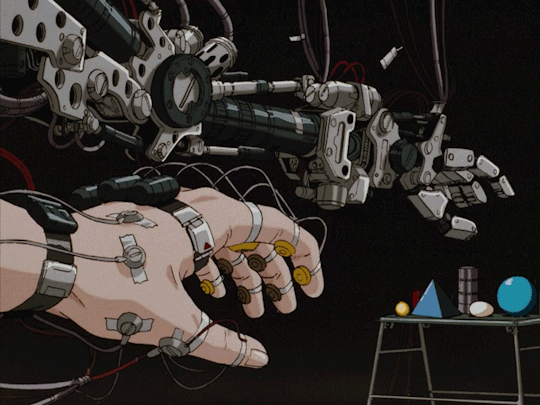
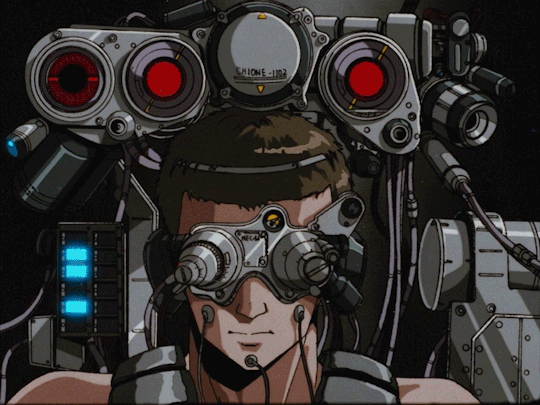


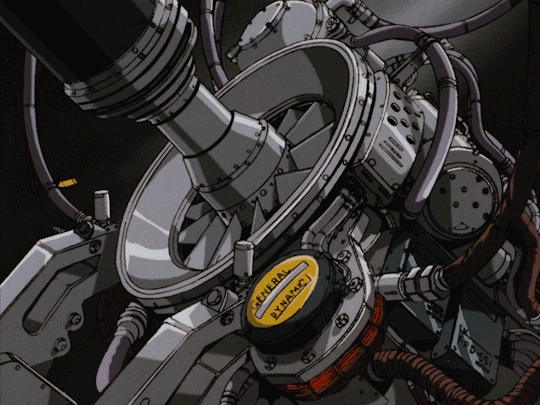
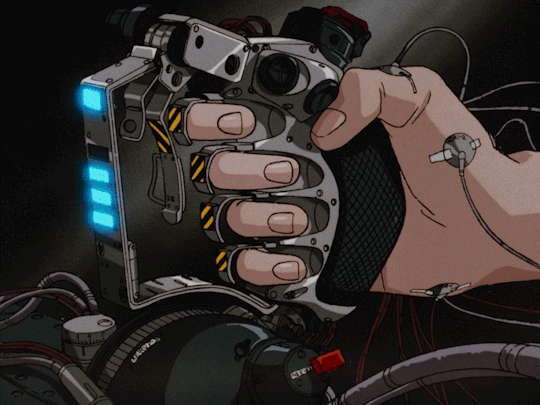
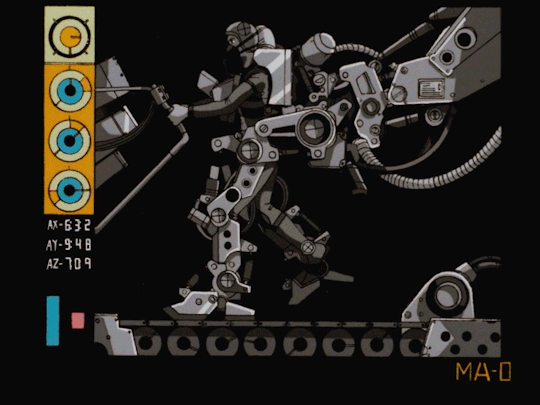
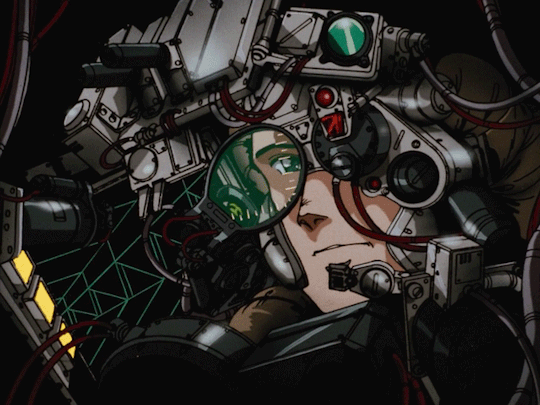
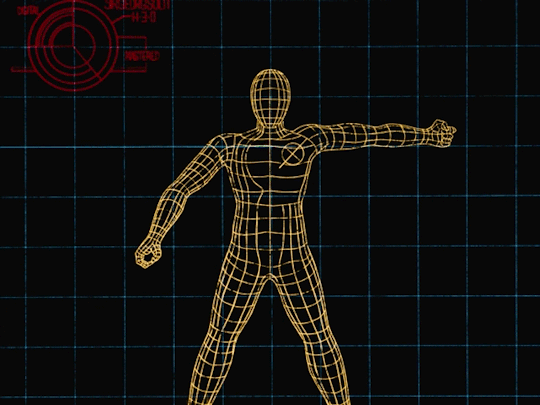

Metal Skin Panic MADOX-01 (1987) Dir. By Shinji Aramaki Animated By: Hideaki Anno & Kōji Akimoto
Legendary Neon Genesis Evangelion creator Hideaki Anno was only in his mid to late 20s and Kōji Akimoto being only 14 when he helped designed and animated Metal Skin Panic a mecha cyberpunk anime film.
15K notes
·
View notes
Text
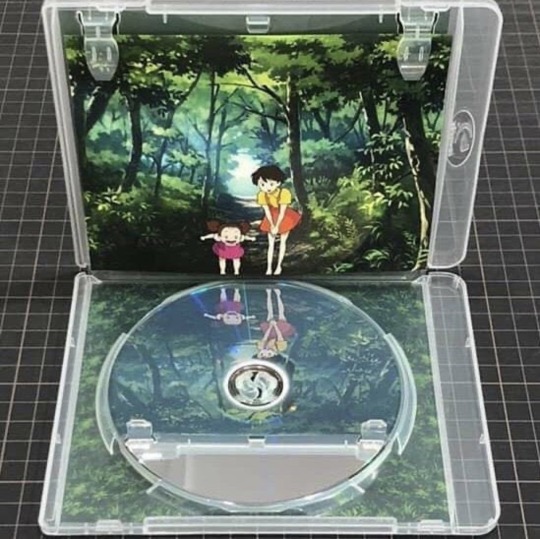
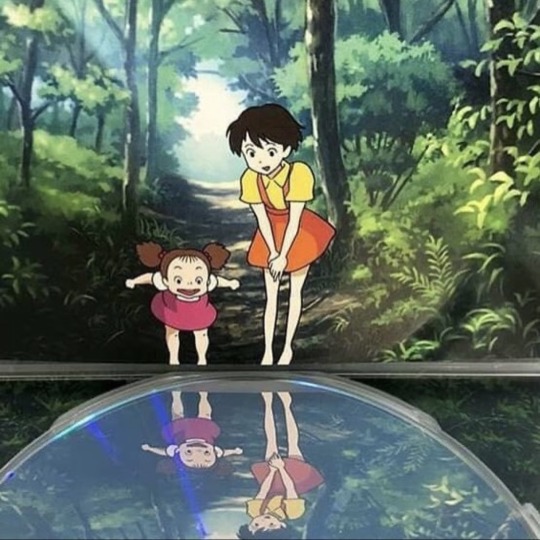
Studio Ghibli designed the Totoro blu-ray case to look like the characters are checking their reflection in the water.
22K notes
·
View notes
Text





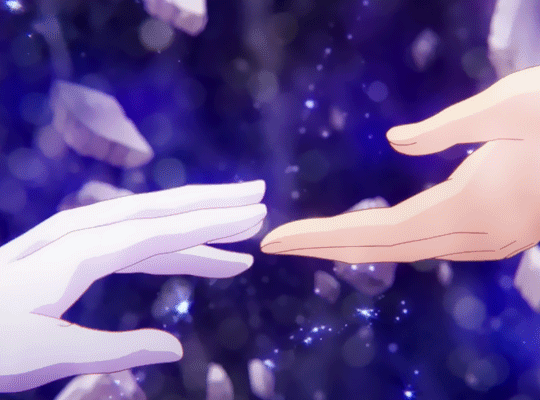

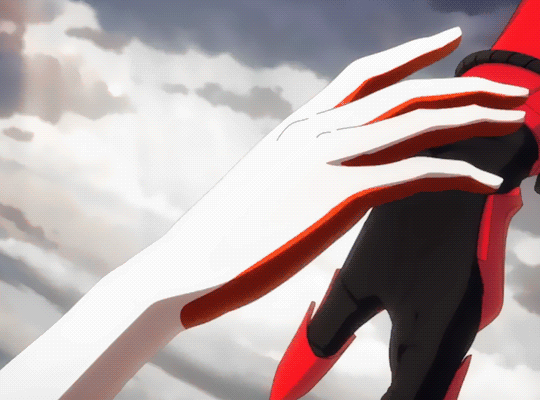






Revolutionary Girl Utena (1997)
R.O.D - Read or Die (2001)
Soul Eater NOT! (2014)
Izetta: the Last Witch (2016)
Love Live! Sunshine!! (2016)
My Next Life as a Villainess (2020)
She-Ra and the Princesses of Power (2020)
Honkai Impact - Lament of the Fallen (2021)
Otherside Picnic (2021)
Love Live! Nijigasaki (2022)
Love Live! Superstar (2022)
Tokyo Mew Mew New (2022)
Yuri is my Job! (2023)
I'm in Love With the Villainess (2023)
2K notes
·
View notes
Text

24 Hours from Jupiter - December 6th, 1995.
"On arrival to Jupiter, December 7th, 1995, Galileo became the first spacecraft to orbit around a gas giant planet, and the first to drop a probe into a giant planet's dense atmosphere. In the above Hubble Space Telescope image, the probe entry location is indicated by the arrow. The atmospheric probe relayed information about temperature, pressure, and composition for about an hour as it descended through Jupiter's clouds, while the orbiter spent at least two years exploring the Jovian system. Along with advancing our knowledge of Jupiter and its environs, Galileo data was expected to reveal some of the secrets of the formation and evolution of the Solar System."
68 notes
·
View notes
Text
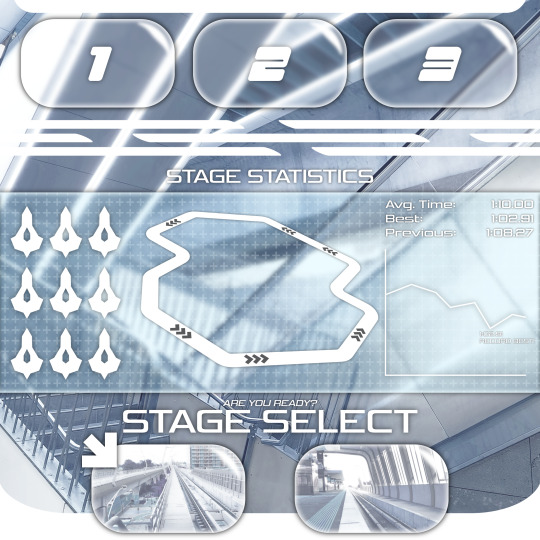
Stage Select (Are You Ready?) // AugSet23 - 03
228 notes
·
View notes
Text
Planets: Neptune
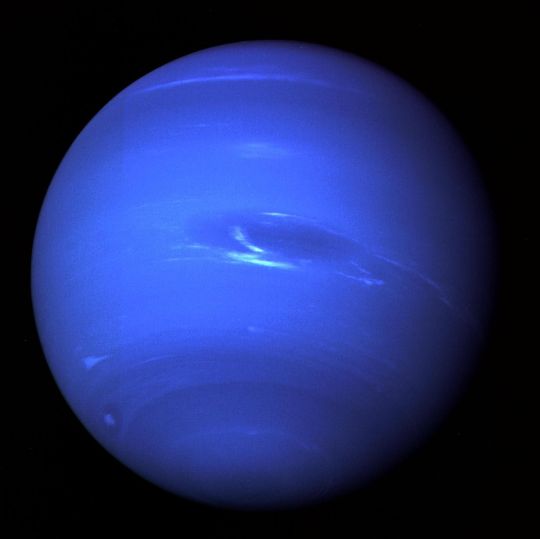
Neptune: The 8th Planet in the Solar System.
More than 30 times as far from the Sun as Earth, Neptune is not visible to the naked eye.
The planet's rich blue color comes from methane in its atmosphere, which absorbs red wavelengths of light but allows blue one to be reflected back into space.
3 Fun Facts about Neptune
Neptune is the last planet in the Solar System
It takes about 165 Earth years to orbit the Sun
Neptune was the first planet to be discovered by mathematics
46 notes
·
View notes
Text

M42: Orion Nebula Mosaic - November 21st, 1995.
"The Great Nebula in Orion is one of the most interesting of all astronomical nebulae known. Here fifteen pictures from the Hubble Space Telescope have been merged to show the great expanse and diverse nature of the nebula. In addition to housing a bright open cluster of stars known as the Trapezium, the Orion Nebula contains many stellar nurseries. These nurseries contain hydrogen gas, hot young stars, proplyds, and stellar jets spewing material at high speeds. Much of the filamentary structure visible in this image are actually shock waves - fronts where fast moving material encounters slow moving gas. Some shockwaves are visible near one of the bright stars in the lower left of the picture. The Orion Nebula is located in the same spiral arm of our galaxy, as is our Sun. It takes light about 1500 years to reach us from there."
62 notes
·
View notes
Text

First image of Saturn's ultraviolet aurora taken by the Space Telescope Imaging Spectrograph on board the Hubble Space Telescope (October 1997)
351 notes
·
View notes








